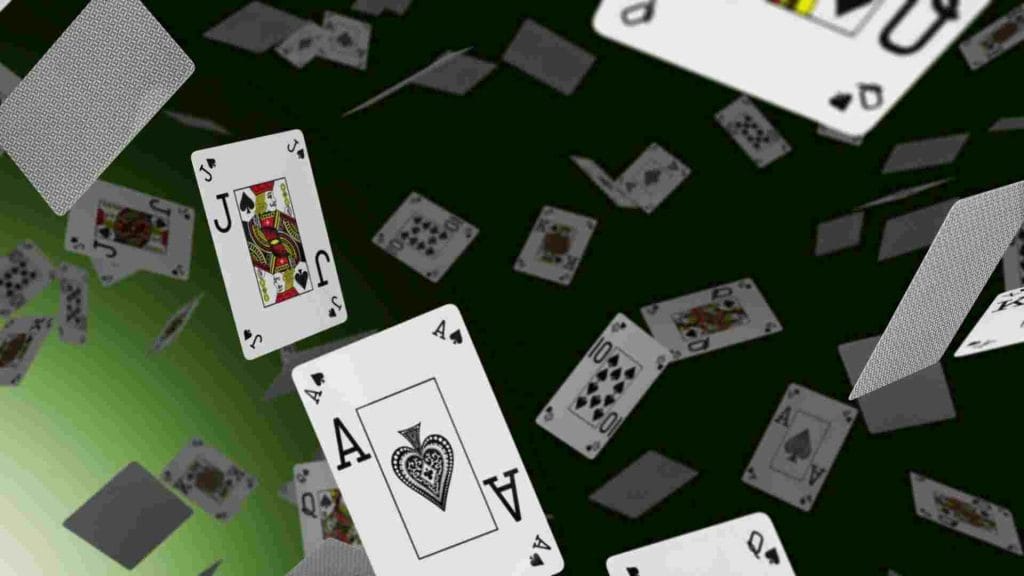Board games have a rich history dating back over 5,000 years. Ancient civilizations such as the Egyptians and Mesopotamians played board games that were not only recreational but also had religious and societal significance. Games like Senet, found in Egyptian tombs, were believed to assist the deceased in their journey to the afterlife. Similarly, the Royal Game of Ur from Mesopotamia was a popular game of strategy and luck, often associated with royalty.
These early board games typically had simple rules and relied on dice or other chance elements. They reflected the values and social structures of their time, providing a snapshot of ancient life. As societies evolved, so did board games. The spread of trade and cultural exchange led to the adaptation and merging of various game styles, resulting in games like Chess and Go, which originated in Asia and became globally recognized for their complexity and strategic depth.
The 19th and 20th centuries marked a significant shift in board game production and popularity. Games like Monopoly, invented during the Great Depression, and Scrabble, which emerged in the 1930s, became cultural phenomena, blending entertainment with education and strategy. These games not only entertained families but also taught economic principles and language skills.
Today, board games continue to evolve with advancements in technology and changing cultural dynamics. Modern classics like Settlers of Catan and Ticket to Ride have introduced innovative gameplay mechanics, focusing on resource management, strategy, and social interaction. The resurgence of interest in board games has also led to a revival of vintage games, with enthusiasts collecting and preserving these artifacts of cultural heritage.
The Royal Flush of History: Exploring Card Games Through the Ages
Card games have a fascinating and somewhat mysterious origin that spans continents and centuries. While the exact origins of playing cards are debated, they are believed to have originated in China during the Tang Dynasty (9th century AD). These early cards, known as “money cards,” featured suits similar to those in modern decks but with denominations of coins.
From China, playing cards spread to India and Persia, where they underwent further development. Persian card games introduced new suits such as polo sticks and swords. By the 14th century, playing cards had arrived in Europe, likely through trade routes, and quickly gained popularity among the nobility.
European card games of the Middle Ages and Renaissance included games like Tarot, which originated as a card game for gambling and evolved into a tool for divination and mystical exploration. The imagery on Tarot cards, with its rich symbolism and allegorical meanings, reflected both popular culture and spiritual beliefs of the time.
During the 17th and 18th centuries, card games became more standardized across Europe, with the introduction of the familiar suits—hearts, diamonds, clubs, and spades. Games like Whist and Bridge became immensely popular in social circles, emphasizing skillful play and strategic partnerships.
In America, the 19th century saw the rise of Poker, a game that blended elements of chance and skill, becoming synonymous with Wild West gambling culture. Meanwhile, games like Blackjack and Baccarat emerged as staples of European and American casinos, each with its own set of rules and variations.
Today, card games continue to thrive globally, both in traditional physical formats and in digital adaptations. Online platforms and mobile apps have made classic card games accessible to a new generation of players, preserving their historical and cultural significance while adapting to modern gaming preferences and technologies.
From Tarot to Blackjack: The Transformation of Card Symbology
The evolution of card designs and symbols reflects the cultural and historical contexts in which they developed. Tarot cards, for example, originated as a deck of symbolic images used for divination in Renaissance Italy. Over time, these symbolic images were adapted for gameplay in various European countries, with each card carrying its own meaning and significance in different games.

The transition to the standard deck of 52 cards with four suits—originally associated with the aristocracy and later popularized among the general population—demonstrates how playing cards became democratized as a form of entertainment. The development of printing technology in the 15th century enabled mass production of cards, making them more accessible and affordable.
The symbols on cards, such as hearts, diamonds, clubs, and spades, have evolved from their original European roots to become universally recognized. Each suit has its own distinct imagery and color scheme, which adds to the visual appeal and usability of playing cards in both gaming and educational contexts.
In summary, the history of card games is a testament to their enduring appeal and cultural significance. From their origins in ancient China to their evolution into modern gaming staples, card games have evolved alongside human societies, reflecting changes in technology, social structures, and artistic expression. Whether played for leisure or in competitive settings, card games continue to captivate players of all ages, preserving traditions while embracing innovation in the digital age.




